
Sd.Kfz.251/1 Ausf.A
Because the Sd.Kfz.251 was produced by the same manufacturer as the Sd.Kfz.11, the natural choice was to use the HL kl.5 chassis as a base on which a stronger framework, supporting the armored panels, was constructed. After a few sketches, the sloped armor that characterized the type was taken from the previous 7.5 cm Selbstfahrlafette L40 prototype made by Hansa-Lloyd (1937). This was a risky choice in terms of efficient storage and production ease, but the idea behind was straightforward. The slope meant that any bullet or shrapnel had to travel through more of the plate, while keeping the weight low. The armor protected the entire length of the engine, radiator, driver and the open top rear compartment. It was 14.5 mm (0.57 in) thick, with a 14° slope at the nose, 10 mm (0.39 in)/80° for the glacis (engine cover), 8 mm (0.31 in)/35° for the side and rear panels and only 6 mm (0.24 in) for the flat bottom.
The hull was entirely welded, with prefabricated sections. The open-top configuration allowed a greater awareness of the situation and allowed a better angle and arc of fire for the machine-guns. The body was composed of two main sections, the front cowling and the rear open-top “passenger compartment”. These two sections were made of steel plates welded and riveted to the base chassis. They were joined together by riveting, the reinforcements being located behind the driver’s compartment. This provision, associated with the initial strength of the chassis of the vehicle, provided exceptional rigidity.
The engine was the same Maybach TUKRM HL 42 (4.17L) as that of the Sd.Kfz.11. This was a petrol 6 cylinder four-stroke watercooled engine with magnetic ignition, providing 100 hp@2800 rpm. It provided a 12.8 hp/tonne power-to-weight ratio, giving an average 52 km/h (32 mph) on roads or very flat terrain, and 21 km/h (13 mph) off-road. This was relatively fast for an armored half-track. Steering was done using the front axle, with a turning radius of 11 m. The tracks, of the Zgw 5001/280/140 or Zpw 5001/280/140 type, were relatively large and procured excellent grip, especially with the W 302 rubber tread pads. Each comprised 55 and 56 (left /right) links and were 7.7 and 7.84 m long. The Sd.Kfz.251 was one of the first armored vehicles to be equipped with interleaved wheels, just like the Kettenkrad.. This “slack track” lowered the ground pressure, but they proved problematic on highly muddy terrain, like during the Russian “Raspoutista”.
The hollow weight was 6.8 tons, 7 tons in battle order and 8.5 tons or more when fully loaded. It had a payload capacity of 1.5 tons and a towing capacity of 2.7 tons, which meant that the Pak 36 or a 20 mm (0.79 in) AA autocannon could be carried. Normal crew was 12, including the driver, platoon commander, and ten Panzergrenadiers and their equipment.
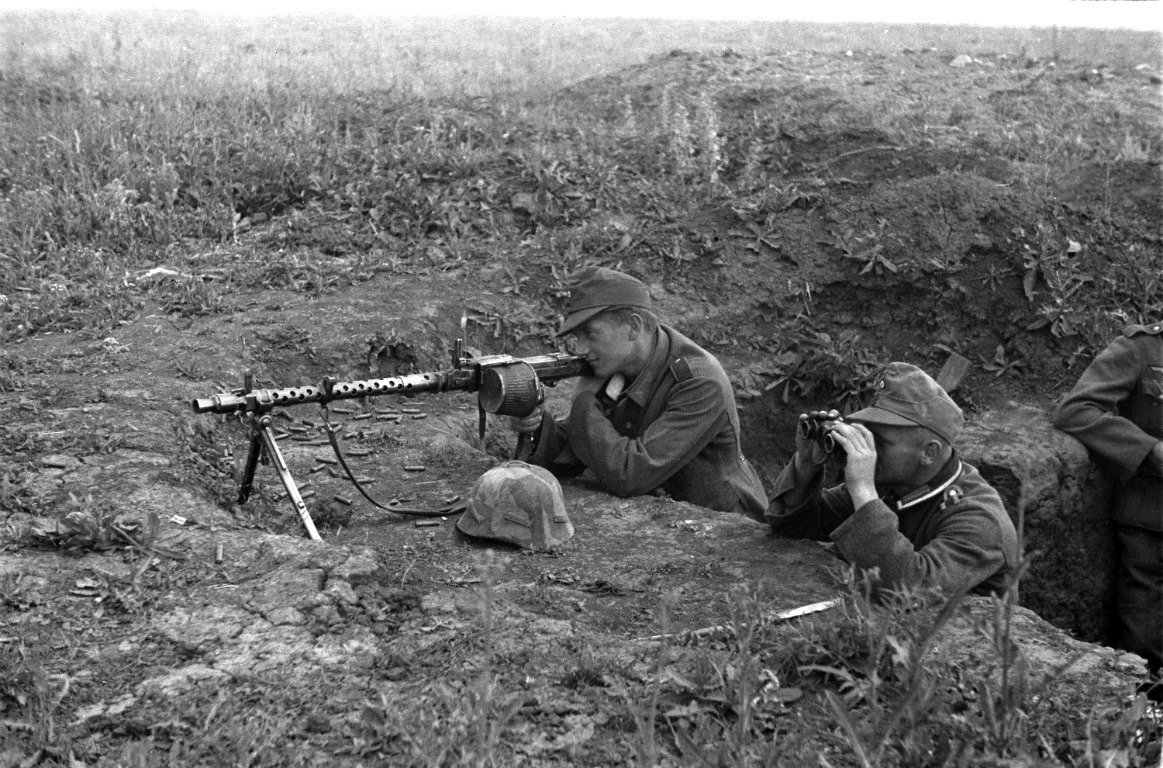




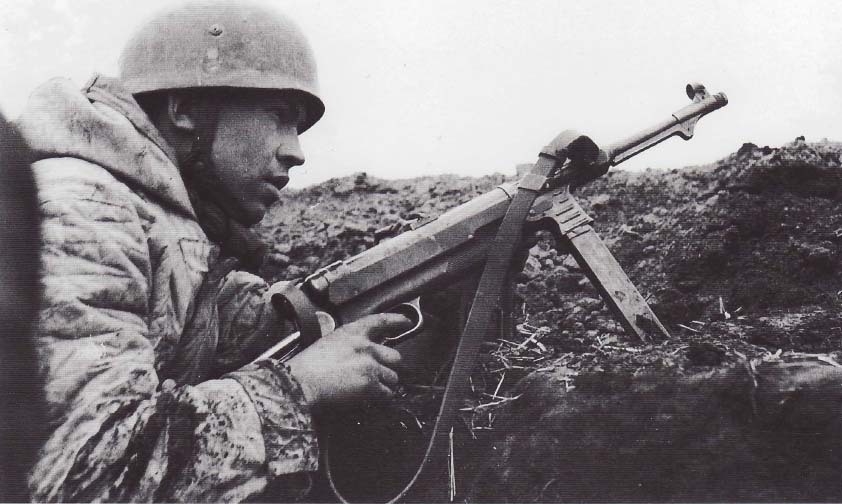
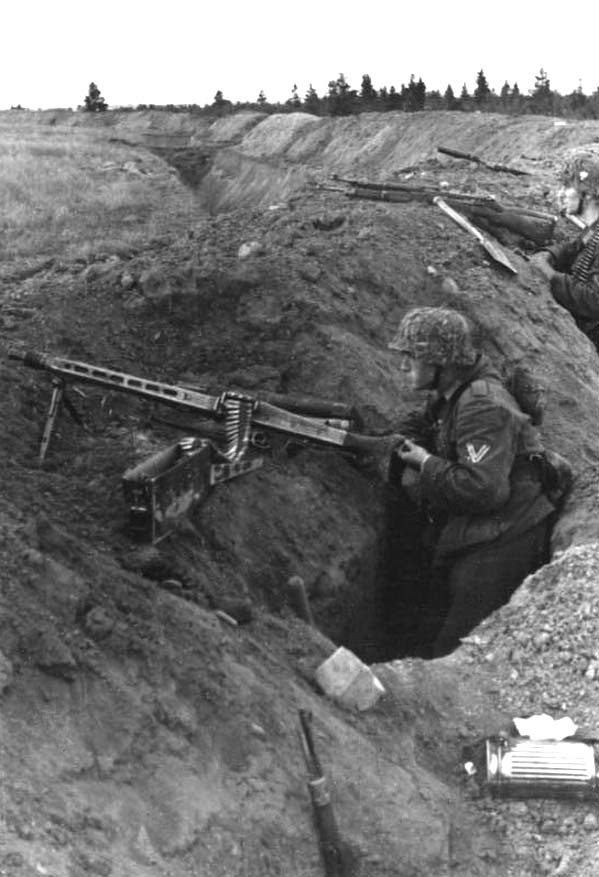

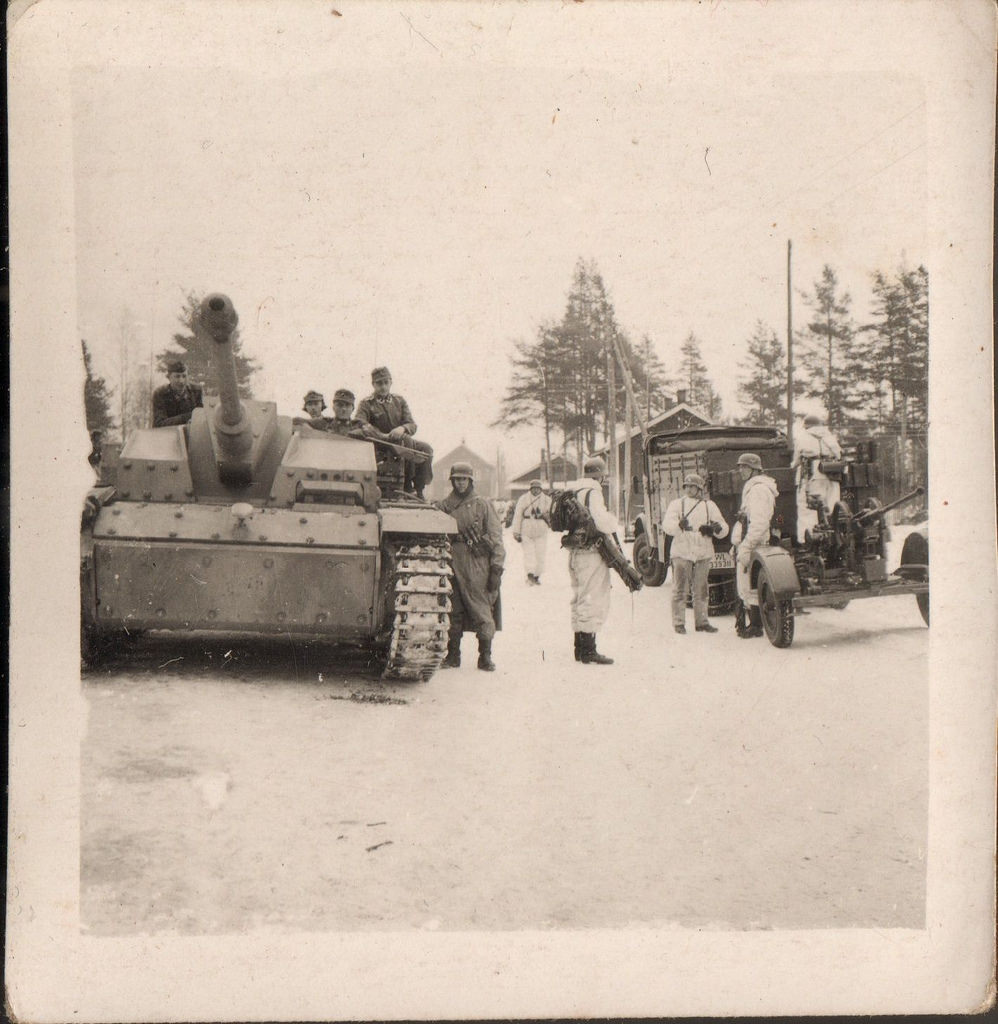


















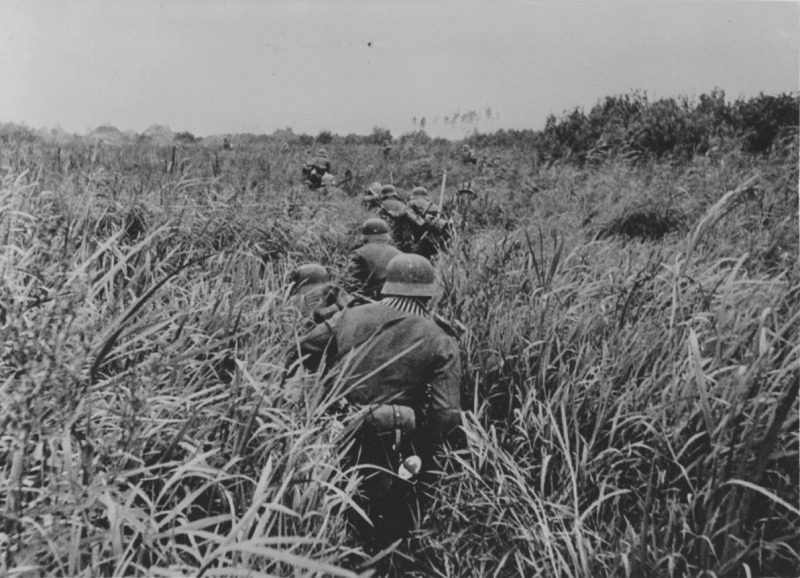
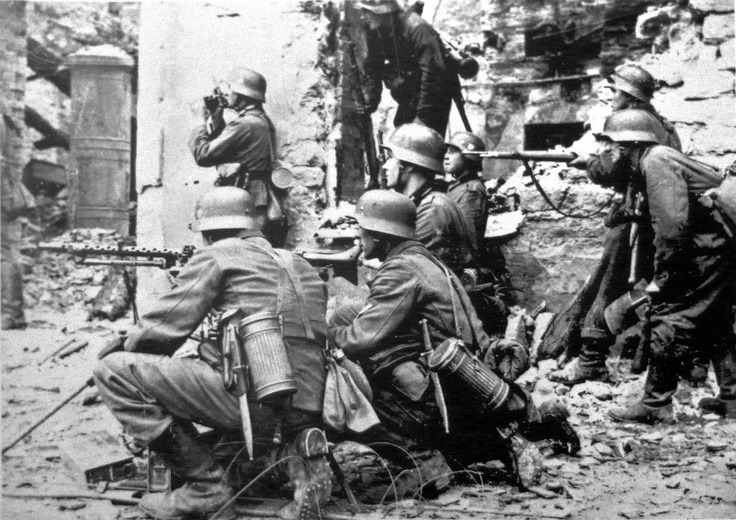



 9
9 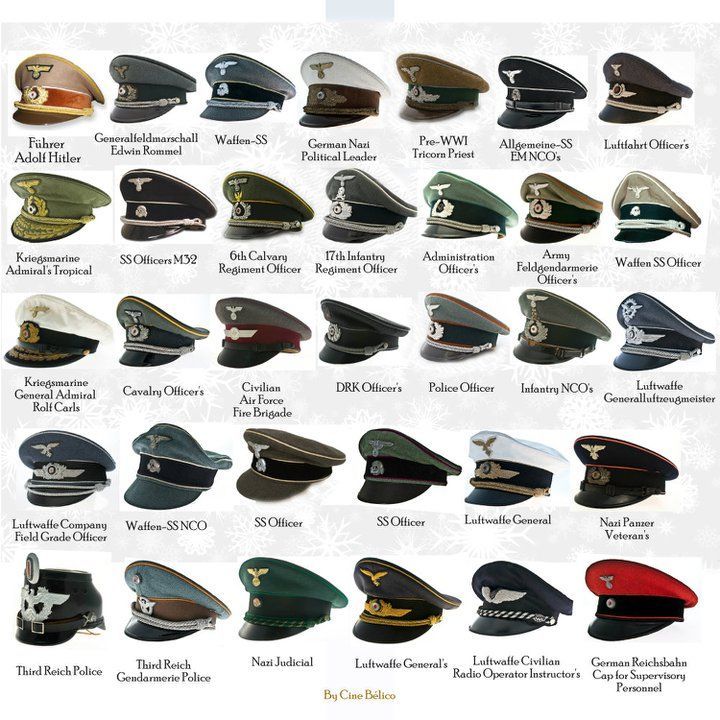
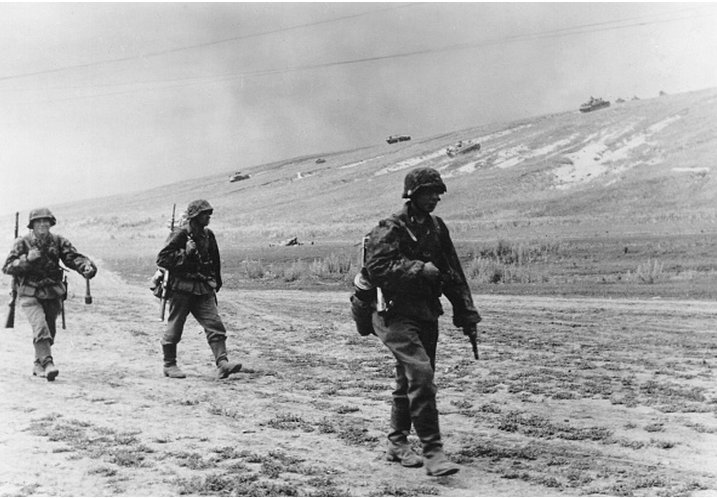

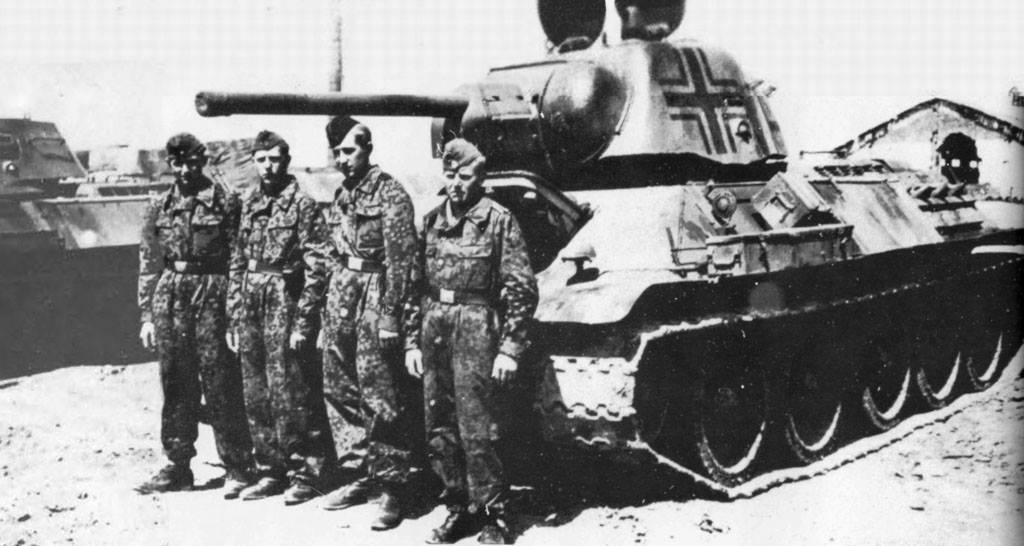


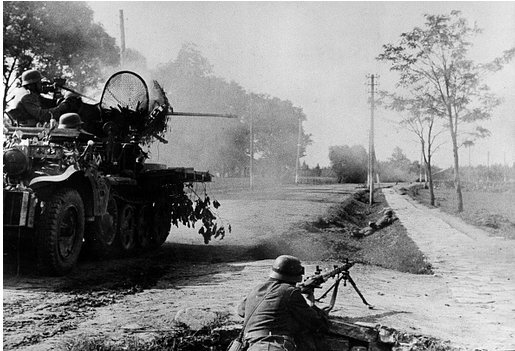
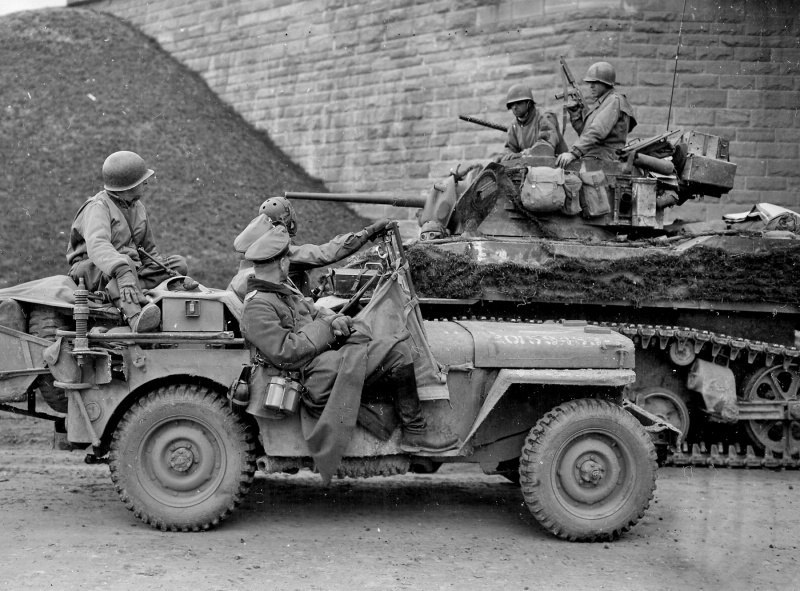
















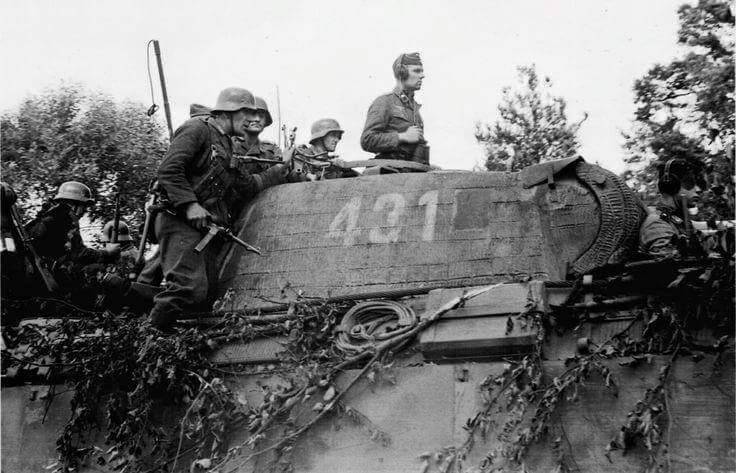


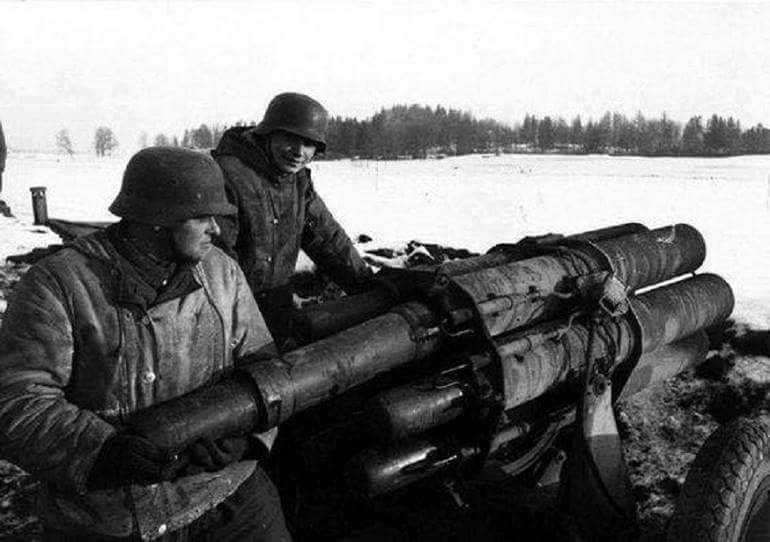
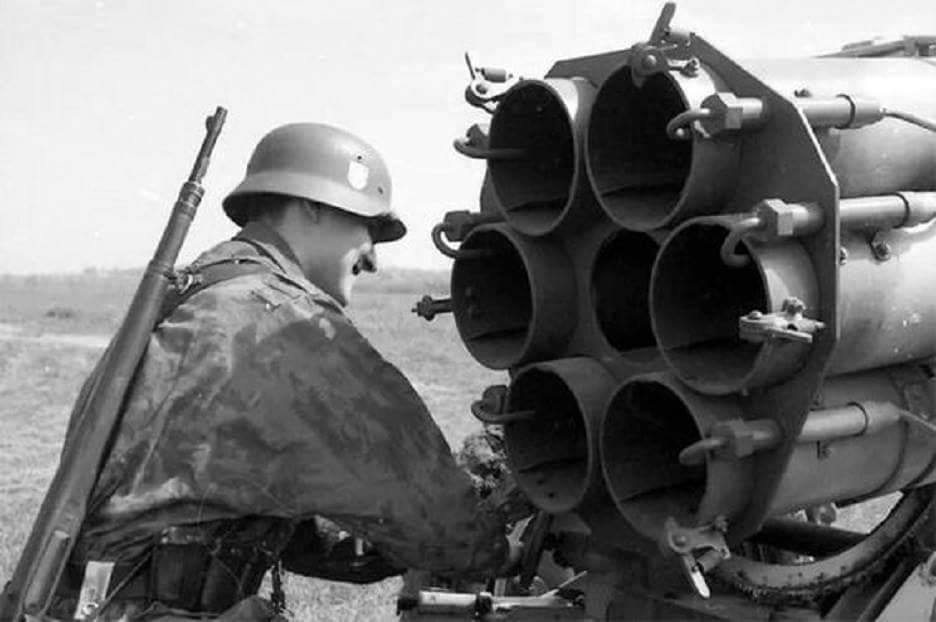

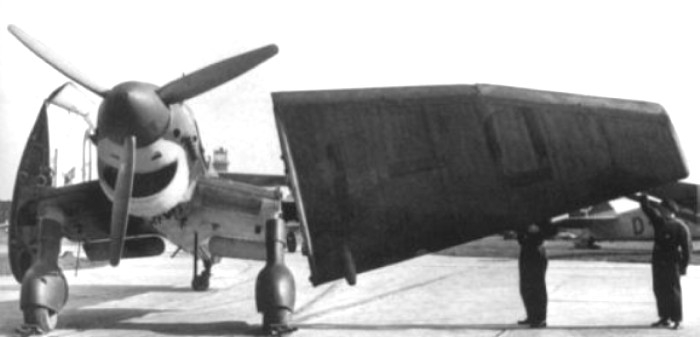


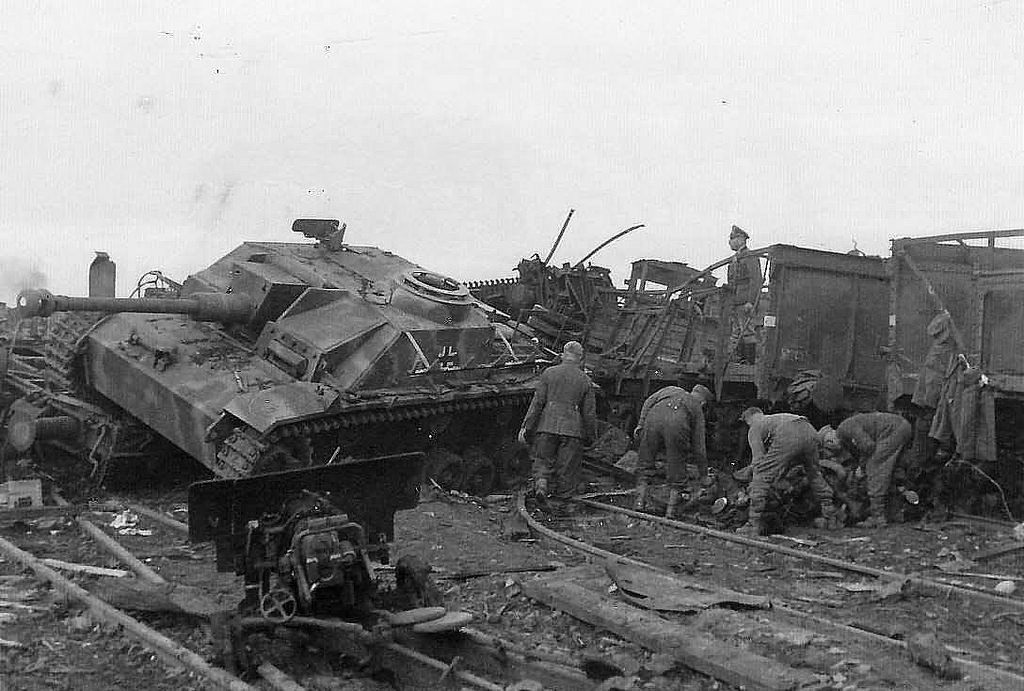
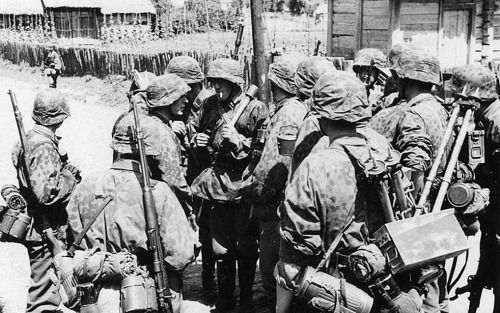
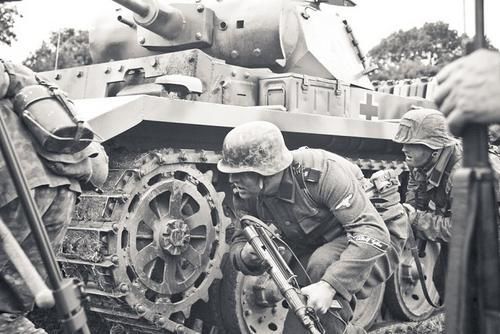










 cblanco ★
cblanco ★  보드카 중대
보드카 중대  VonManteuffel
VonManteuffel  Heartless Jäger
Heartless Jäger 